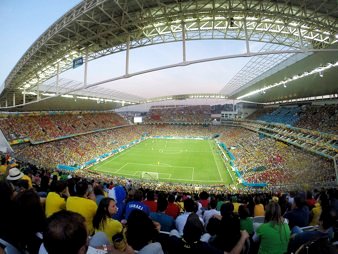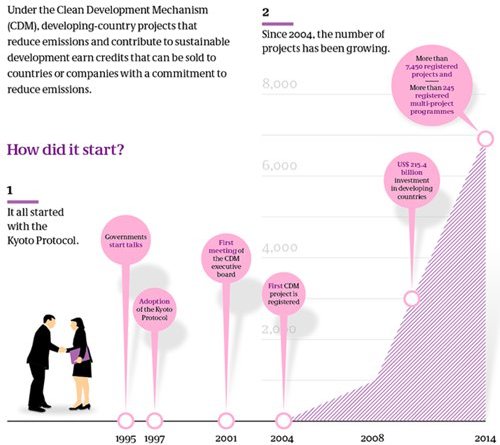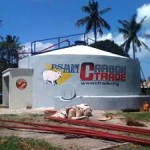
The Brazilian Government has been able to offset all the greenhouse gas emissions immediately arising from the 2014 FIFA World Cup using a successful offset mechanism under the world’s existing climate change treaty, the Kyoto Protocol.
The Kyoto Protocol’s Clean Development Mechanism (CDM) allows emission reduction projects in developing countries to earn certified emission reductions (CERs), each equivalent to one tonne of CO2. CERs can be traded and sold, and used by industrialized countries to offset a part of their emissions under the Protocol.
Before the World Cup, the government asked companies holding certified emission reductions to donate them with a view to offsetting carbon emissions from the construction and renovation of stadia, the consumption of fossil fuels in official and public transportation, and other sources. This way, Brazil was able to offset over 545,000 tonnes of CO2 equivalent.
Speaking at the Brazilian Embassy in London last week, Halldór Thorgeirsson, Director for Strategy at the Secretariat of the UN Framework Convention on Climate Change, said, “The Brazilian Government’s initiative to use these credits to offset the Football World Cup’s emissions is an excellent way to show leadership. It is a win-win situation for the environment, for the host country, for the sport, and for the CDM. And it provides an example that can be replicated for future World Cups and for other large sport events.”
Earlier this year, the international football federation FIFA launched a separate initiative to encourage fans attending the tournament to offset their own emissions.
Under Brazil’s World Cup offsetting drive, all donated credits needed to originate from Brazilian projects.
Since being established as part of the Kyoto Protocol, the world’s first emissions reduction treaty, more than 7,600 CDM projects and programmes in 105 developing countries have been approved. In total, nearly 150 Brazilian CDM projects have issued more than 90 million CERs.
These range from projects that reduce emissions by replacing inefficient wood stoves and ones improving energy efficiency to solar, wind and hydro power projects.
Globally, the CDM has to date generated more than 1.4 billion CERs and has driven climate-focused investment worth $ 396 billion. A short history can be seen in this graphic:
However, the value of CERs has in recent years gone down as demand has fallen, due ultimately to countries’ level of ambition to reduce greenhouse gas emissions.
The new universal climate agreement in Paris in 2015 could make mechanisms like the CDM indispensable as a means to mobilize investment to reduce emissions and spur development.
Click here to read more about the CDM.
Source: UNFCCC.















